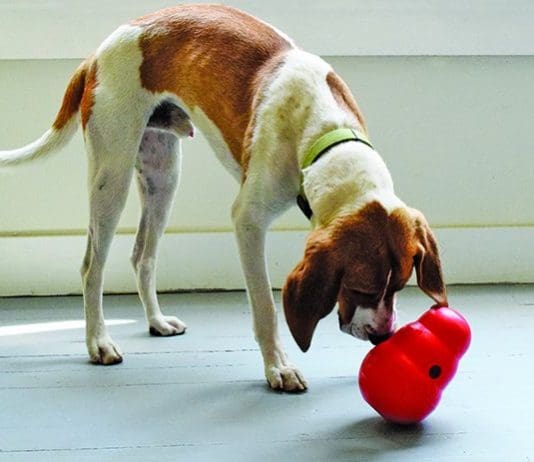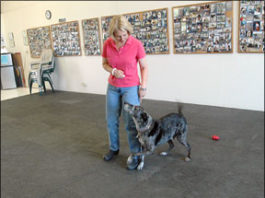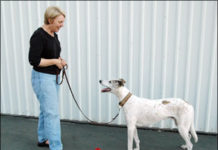Teaching Your Dog to “Leave It” On Cue
mark the desired behavior with the click of a clicker (or the word "Yes!") and feed him a different treat.üPractice "Leave it!" with everything your dog likes in real life: food
Beware of the Poisoned Dog Cue
A cue becomes “poisoned” when the dog’s association with the cue is ambiguous – it’s sometimes associated with positive reinforcement, and sometimes associated with punishment. When the association is ambiguous, the dog becomes confused and doesn’t know what to expect. Poisoning your “Come!” cue is the best way to ensure that she’ll stop and weigh her choices, then take off after the bounding deer, rather than come galloping to you when you call.
Dog Training Using Positive Techniques
and who are appropriately reinforced for the ""right"" behavior
Autistic Dogs: Can Dogs Have Autism?
Autism is not yet a diagnosis that can be given to dogs. Autism-like symptoms such as repetitive behavior or episodic aggression can be very challenging for dog guardians to understand and safely manage in the home, and it may be tempting to put the autism label on a dog if it fits. But Dr. Parthasarathy explains that a detailed history of the dog is essential for professionals to come up with a diagnosis.
Consistent Dog Training With Regards to Men and Women
In general, men tend to be more physical with their dogs, and more assertive, enjoying rough-and-tumble wrestling games and expecting the dog to understand and obey. Women tend to be softer, more into cuddling than wrestling, and take more interest in teaching the dog to understand the complex world of primate (human) communication.
Dog Trainers Note How Men and Women May Train Differently
Men are from Mars. Women are from Venus. Dogs are from Neptune. A well-known trainer recently made a public comment about men’s inability to act silly with their dogs, to the detriment of their ability to use positive training methods effectively. Are we really three alien species, destined to live forever in a world of miscommunication and misinterpretation? Is one gender truly better suited to bridge the communication gap between the human and canine species?
Using Your Dog’s Bowl As a Training Tool
You may think feeding your dog is a simple matter of dumping food in his bowl and plopping it down on the floor in front of him. You may be wrong. Mealtime is fraught with significance for your dog, and loaded with opportunities for you to influence his health and his behavior. Failure to take advantage of these could actually contribute to the development and/or escalation of problems that might otherwise be averted. A few deliberate decisions and choices on your part can go far in creating harmony in your home.
Dog Training Basics: How to Teach a Cue
While our dogs are born with all sorts of natural canine inclinations – like searching out food, investigating scents, romping with friends – “listen to words from humans” is not part of their default program. With the right kind of teaching, responding to your cues will become a dog’s go-to choice because it is the most reliable route to the things he wants.
Best Dog Training Approaches
All dog training techniques fit somewhere on a long continuum, from seriously harsh and abusive punishment-based methods at one extreme, to pure positive reinforcement at the other. Neither extreme is likely to be very practical or effective, nor will you find many trainers who recommend using only methods from one end or the other. Most trainers use a combination of techniques that place them somewhere between the two ends of the continuum. Which side of center they are on defines them as primarily compulsion-based trainers or primarily positive ones.
Price of Freedom
I asked trainer and Whole Dog Journals Training Editor Pat Miller to write about the risks and responsibilities of off-leash dog walks in this issue. Thats because Im a huge fan of hiking with my dogs off-leash, but I recognize that the activity is a huge challenge for many dog owners.
A Proactive Approach
Theres a significant difference between professional dog trainers and many dog owners: Owners tend to react to things the dog has done that they dont like; in their minds, this reaction is what might be called training. In contrast, trainers set up situations so that their canine pupils dont have any opportunities to practice undesired behaviors, and actively teach dogs how rewarding it is to perform desirable alternative behaviors, instead.

















